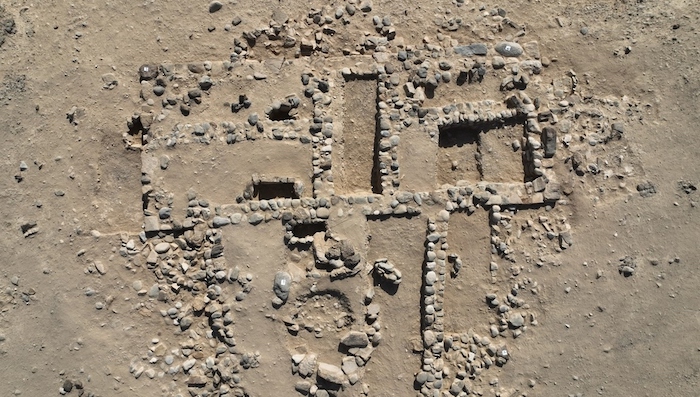
Muscat: A children's funerary building dating back to the Iron Age was discovered in the Omani Peninsula. Archaeological excavations carried out by the Department of Archeology from Sultan Qaboos University at the archaeological site 'Manaqi' in the Wilayat of Rustaq, South Al Batinah Governorate, revealed a unique funerary building dating back to the Iron Age, that is, three thousand years ago.
This discovery represents an important turning point in understanding funerary rituals in the Omani Peninsula, as this building is the first funerary building dedicated to the burial of children discovered so far in the region. The Department of Antiquities completed the archaeological excavations at the 'Manaqi' site last February, which lasted for a month. It was in collaboration with a team from the Sorbonne University in Paris, and under the supervision of the Ministry of Heritage and Tourism, to carry out the work of the first season of archaeological excavations at the site. The excavations will continue for at least the next five years. The 'Manaqi' site is one of the largest Iron Age settlements in the South Al Batinah Governorate.
A large number of residential buildings were discovered, in addition to many cemeteries spread over a wide area of the site and several defensive towers, which is an indication of the large and central role that the settlement played in the region during the first millennium BC. As a result of the initial study carried out by the site's joint archaeological team, two buildings were selected for excavation during the first season (S1 and S2).
It turned out that one of these buildings (Building S2) was built with a distinctive geometric plan that was different from the rest of the other buildings in the settlement, which surprised the archaeological excavation team. The building took the shape of the letter T. Archaeological excavations revealed the presence of more than thirty graves inside and around the building, all of which belonged to children, including newborns. This unique feature raises questions about the motives and beliefs that led to allocating a separate building for the burial of children in that era, contradicting the funerary customs typical of the Iron Age.
Dr. Mohammad Abdul Hamid Hussein, head of the research team and head of the Department of Archeology at Sultan Qaboos University, pointed out the importance of this discovery and that excavations inside the building revealed other unique archaeological finds, including jars with basket-shaped handles and a rare piece of pottery bearing a seal print depicting two men, and some decorations. These discoveries are the first of their kind to be discovered on the Omani Peninsula.”
Dr. Hussein stated, “This discovery opens new horizons for research and study about funerary rituals and religious beliefs in the Iron Age in the Omani Peninsula, and focuses on an important and unknown part of the history of this region, and deepens our understanding of the cultural and social traditions of the societies that lived in that period.”